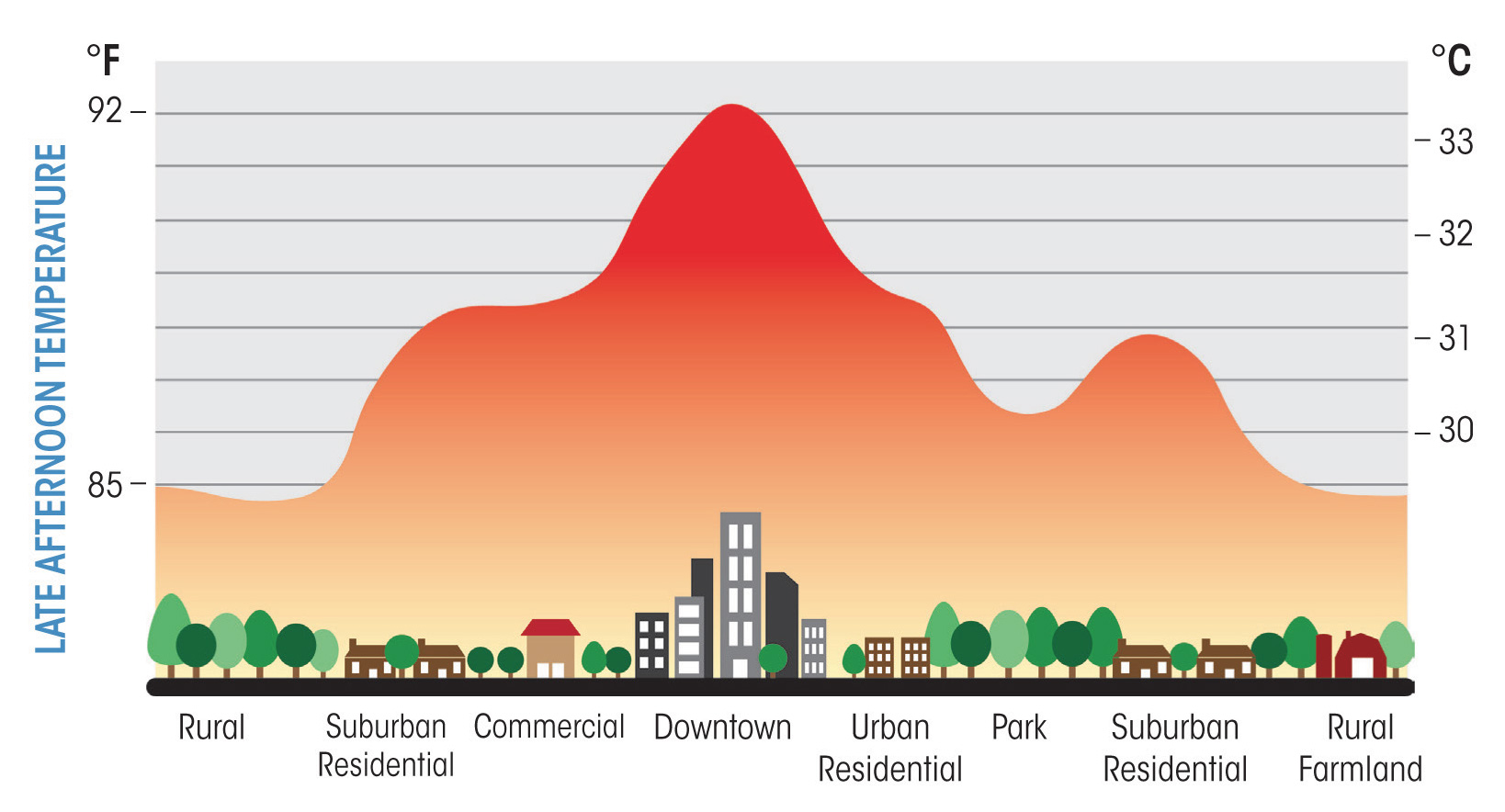Heat and health risk in European cities
Stakeholder partnerships, and roles they can offer as a tool to increase health resilience, are a neglected area of both disaster studies and public health research.
Joris van Loenhout, Researcher, Université catholique de Louvain
In the summer of 2003, Europe was hit by an extreme drought and heatwave with severe consequences. Due to climate change, a further increase in frequency, intensity and duration of heatwaves is predicted.
Listen to the interview with Dr van Loenhout and learn how the ENHANCE project has been working to increase health resilience to extreme heat events.
Heatwaves
Although warm conditions affect human health, significant impacts are created by strong and prolonged events. These events, which are codified as ‘heatwaves’, are generally described as a period of abnormally high and quite often humid weather, usually lasting for a minimum of one day. But heatwaves that cause high or catastrophic impacts generally last considerably longer, sometimes even weeks at a time. The most hazardous conditions to human health are multiday heatwaves where extreme daytime temperature is combined with high nocturnal temperatures, high relative humidity and light wind conditions for a period of several consecutive days.
Heat is particularly a problem for large urban areas containing dense populations, and because of the amplifying effects of the urban heat island as well as atmospheric pollutants. The urban heat island effect is the thermal contrast between urban space and its surroundings, primarily occurring due to non-evaporating surface materials such as asphalt and concrete disturbing the atmosphere surface energy balance (Figure 12.1).

Figure 12.1.
Temperature differences between areas with different levels of built environment.
Heat mortality and morbidity
The impacts of heatwaves on urban populations represent an emerging environmental health concern. Recent heat events, in particular the 2003 event, which accounted for up to 80,000 deaths provides a stark example of this health burden across the European continent. From the period 1990-2013 at least 132,523 fatalities have been recorded in Europe due to heat-related health complications). Thus far, figures that illustrate heat-related mortality have been deeply alarming. Moreover, such figures are likely to be underestimated because of lack of surveys and misreporting, especially with regards to non-high impact events that generate a reduced societal response.
While there is a predominance of research focused on heat-associated mortality in Europe, a significantly smaller number of papers have been preoccupied with heat-related morbidity, even though the relationship between elevated temperature and heat-related morbidity is rec-ognised as a serious public health issue.
Future projections of heat in Europe
Heatwaves are among small clusters of hazards firmly associated with the influences of climate change. The IPCC report ‘Managing the Risks of Extreme Events and Disasters to Advance Climate Change Adaptation’ highlights that warming trends will probably result in more frequent, intense and persistent heat periods in years to come with the onset of anthropogenic-induced change. Climate change experts and meteorologists agree that the extreme summer of 2003, which was very unusual by historical standards, will become normal by 2050.

Heat as a public health priority
The impact of heatwaves on population health in the context of past impacts and predicted changes in prevalence and intensity is of great concern for health practitioners, policymakers and the hazard management community. Public health concerns regarding heat-mortality and morbidity are likely to increase with the synergistic effects of demographic change, urbanisation, and the climate change induced warming of the atmosphere. However, notwithstanding the devastating historical impacts and predicted rises in heat-mortality under various scenarios, the adverse effects of extreme heat are largely preventable. Disaster response strategies are at their most effective when populations, the health sector, emergency planners and responders, care and social services, and public infrastructure are prepared. This gives the best chance in both current and future risk to significantly reduce health-related mortality and morbidity.
Following the 2003 heatwave, at least 12 countries in Europe have introduced a Heat Health Warning System (HHWS).
We assessed the MSP within the HHWSs for selected case study locations by performing a desk review and interviewing key informant stakeholders. The two selected locations were Amsterdam (The Netherlands) and Brussels (Belgium).

Useful links
- Julita Gil Cuesta, Joris Adriaan Frank van Loenhout, Maria da Conceição Colaço and Debarati Guha‐Sapir, General Population Knowledge about Extreme Heat: A Cross-Sectional Survey in Lisbon and Madrid, Int. J. Environ. Res. Public Health 2017, 14(2), 122.
- Joris Adriaan Frank van Loenhout and Debarati Guha-Sapir, How resilient is the general population to heatwaves? A knowledge survey from the ENHANCE project in Brussels and Amsterdam, BMC Res Notes. 2016; 9: 499.
- Joris Adriaan Frank van Loenhout, Jose Manuel Rodriguez-Llanes, and Debarati Guha-Sapir, Stakeholders’ Perception on National Heatwave Plans and Their Local Implementation in Belgium and The Netherlands, Int J Environ Res Public Health. 2016 Nov; 13(11): 1120.




